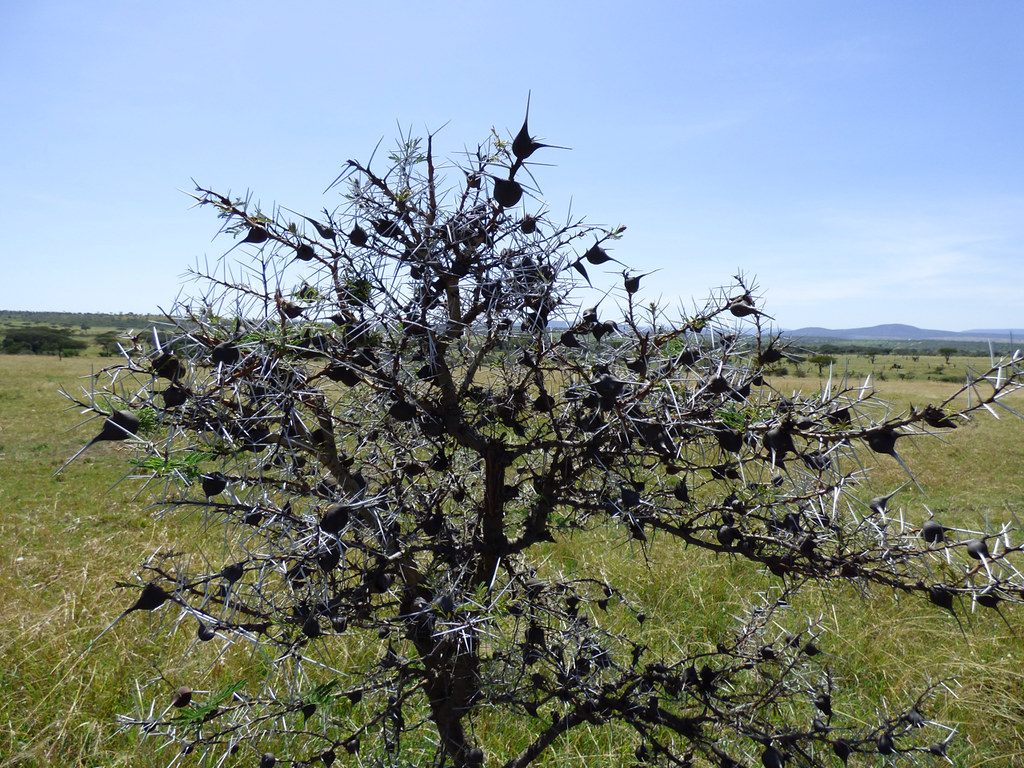We have all learned about food chains and food webs: the producers perform photosynthesis to create their own food (autotrophs), the primary consumers eat the producers for energy (herbivores), the secondary consumers eat the primary consumers for energy (carnivores) and the tertiary consumers eat the secondary consumers for energy (carnivores). We also know that animals can often fit into multiple categories in a food web.
However, it is not quite as often that people explore the effects that just one population change of any part of a food web can have on the rest of the food web; that is to say that a producer decreasing in population would indirectly hurt a tertiary consumer’s population. That is the case because producers are how the food chain gets all its energy in the first place, so with less producers, less energy is in the food chain. Furthermore, as we learned in AP Bio class, each trophic level is merely 10% energy efficient in consuming the trophic level below; thus, each higher trophic level has less energy than the last. Not only is this lack of energy efficiency why there are only a few trophic levels in each food web, but that is why it is so vital for there to be enough (energy) producers in the food web. Additionally, with energy so scarce, any organism’s population size changing can have a dramatic effect on the other populations in its food web.
In the African savanna, Jake Goheen and his colleagues at the University of Wyoming and the Ol Pejeta Conservancy in Laikipia, Kenya, have taken investigating food web relationships to another level. They have spent about 15 years examining how acacia ants (genus Crematogaster) impact a food chain that they are not even a part of consumer wise. They have found that acacia ants protect whistling thorn trees from elephants, which would rip the trees apart: the ants, abundant in the savanna area, consistently protect the trees by swarming in the elephants’ nostrils and biting them from the inside out.
However, with the arrival of a new invasive species theorized to have arrived along with the shipping of human goods, called big-headed ants (Pheidole megacephala), acacia ants have been massively killed off in certain areas. Although the acacia ants are not part of the food chain consumption wise with the whistling thorn trees, the loss of the protection for the trees allows elephants to eat them. Then, much more grassland is opened up. According to Goheen and his colleagues, this open land, with approximately 2.67 times higher visibility than the land typically has (according to a separate study they did), hurts the diet of a higher trophic level predator, lions:
Goheen and his colleagues found that higher visibility in land with less whistling thorn trees helped one of the lions’ main prey sources, zebras, more than it helped them: their chance of taking down a zebra dropped from 62% to only 22% in areas with big-headed ants and thus minimal whistling thorn trees, according to Goheen’s study. Thus, lions pivoted to eating buffalos, which became 42% of their diet. Eating buffalos instead of zebras hurts lions because buffalos are more likely to injure them than zebras are, but buffalos and zebras are still both primary consumers, meaning they both have 10% of the energy of the producers that they eat; that is to say, although buffalos are more dangerous than zebras to lions, lions do not lose energy with their diet swap.
Regardless, more lion deaths from lions having to kill buffalos suggests that the invasive species of big-headed ants that killed off the acacia ants truly caused massive indirect changes in a food web that it and what it killed had nothing to do with consumer wise: to me, it seems apparent that there is much more to food webs than the basic, linear way people usually think about them.
What other ways do you think food webs are affected that we do not realize?



Leave a Reply